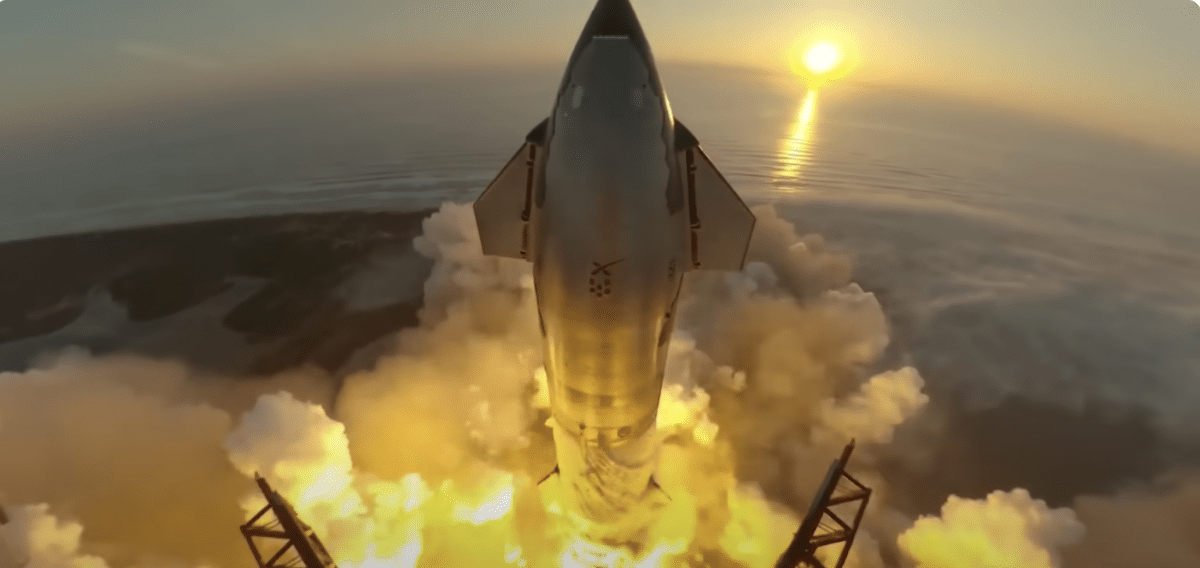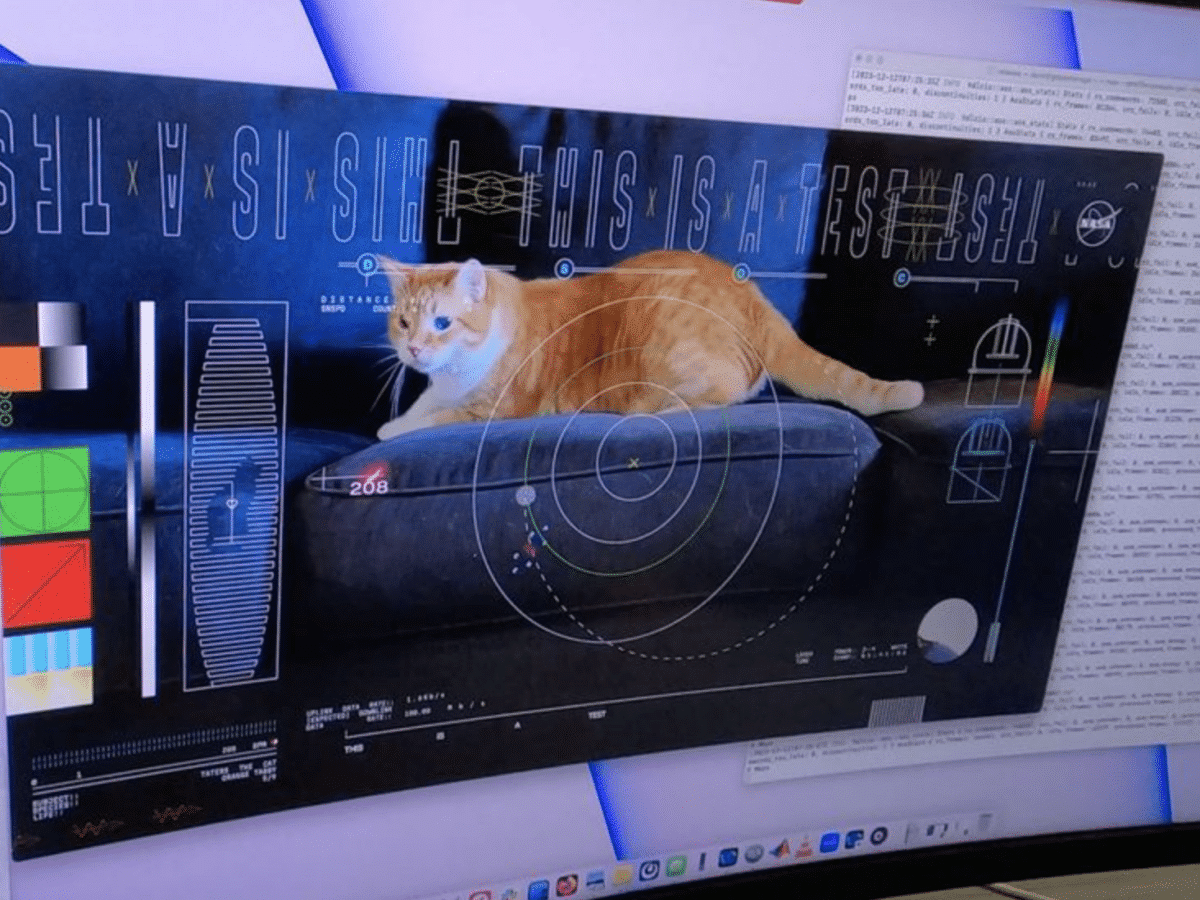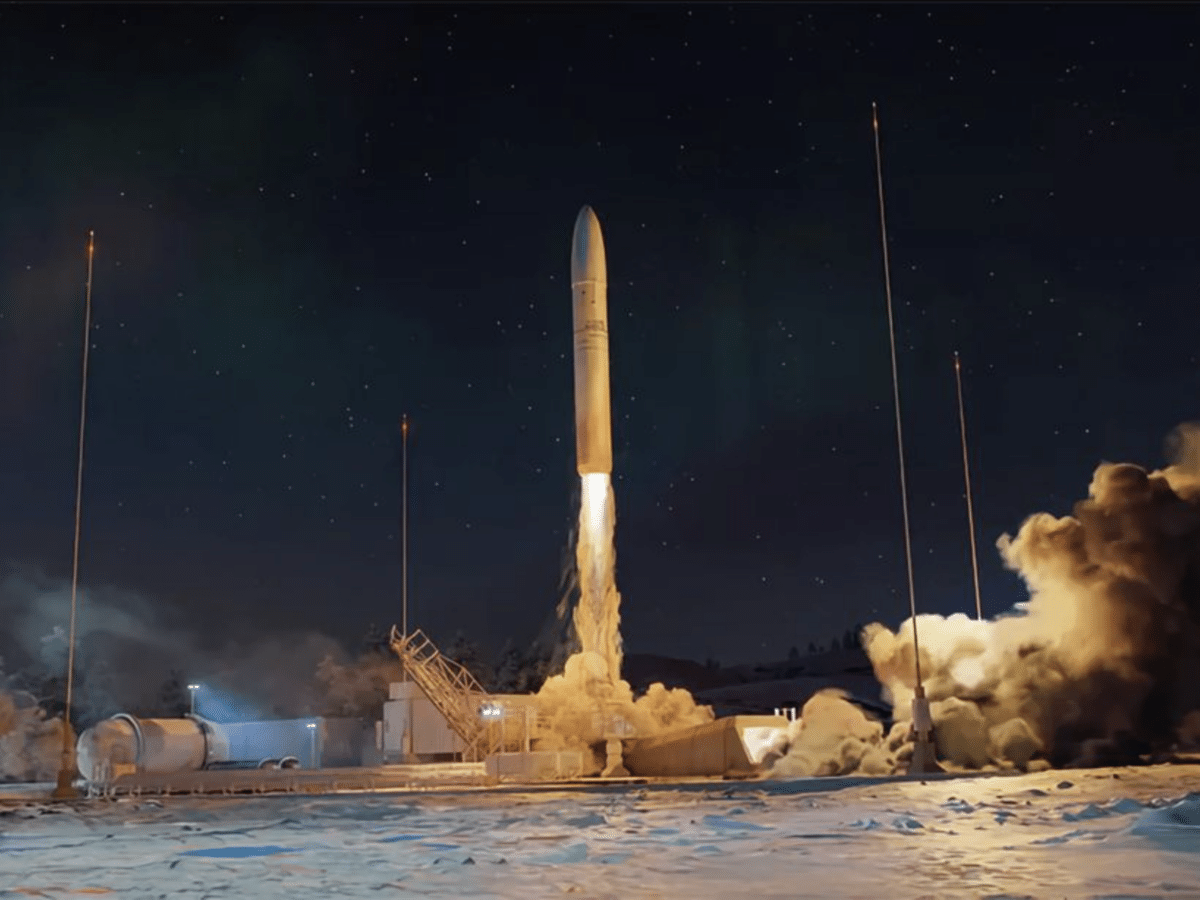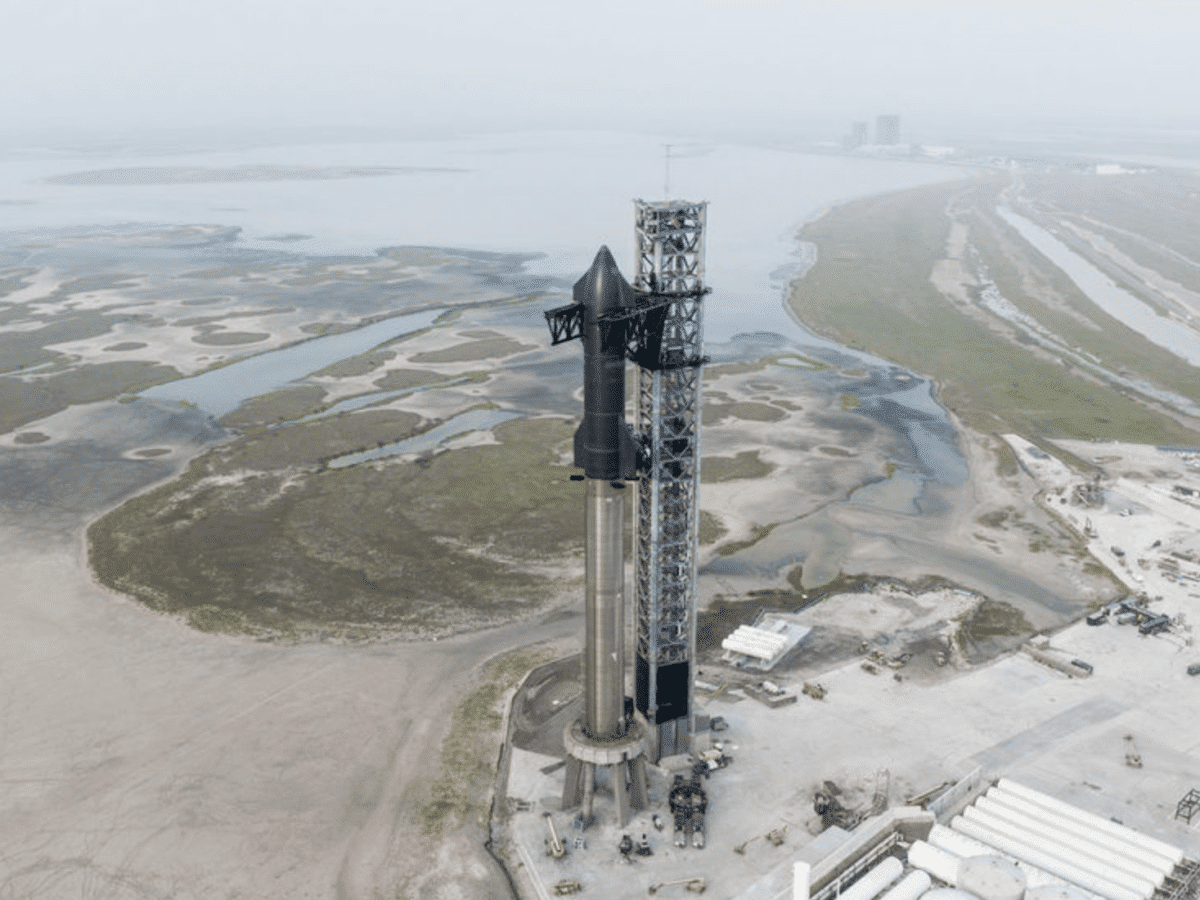This past weekend, SpaceX tested launching its spacecraft Starship with the accompanying Super Heavy booster for the second time. If you missed how it looked, you can check out a clip showing the launch from some new angles below.
The launch did not go entirely as SpaceX had hoped. The separation between Starship and Super Heavy seems to have gone as planned, but thereafter, Super Heavy exploded instead of returning to Earth as was SpaceX’s hope. Somewhat later, Starship left its planned orbit, which led to its detonation as a safety measure.
Several media wrote after the launch that it was a failure for SpaceX. Ars Technica’s space journalist Eric Berger disagrees with this. In a column, which you can read in full here, Berger writes about some of the progress SpaceX made during the second test of Starship. Berger points out, among other things, that SpaceX’s iterative development process of rockets means that exploding test rockets are part of the development:
Due to this iterative design methodology—flying to identify flaws, and rapidly incorporating those changes into new hardware—SpaceX can afford to fail. That is the whole point. By flying its vehicles, SpaceX can rapidly identify what parts of the rocket need to be changed. The alternative is, quite literally, years and years of analysis and meetings and more analysis. Iterative design is faster and cheaper—if you can afford to fail.

Starship is intended to be used by NASA the next time they land people on the moon. However, before that becomes possible, SpaceX has quite a bit to work on with its giant spacecraft, writes Berger:
Beyond simply getting Starship to space, it must become an orbital vehicle, and both the booster and spacecraft must be made to reliably land. Then SpaceX must learn how to rapidly refurbish the vehicles (which seems possible, given that the company has now landed a remarkable 230 Falcon 9 rockets). The company must also demonstrate and master the challenge of transferring and storing propellant in orbit, so that Starship can be refueled for lunar and Mars missions. Starship must also show that it can light its Raptor engines reliably, on the surface of the Moon in the vacuum of space, far from ground systems on Earth.







